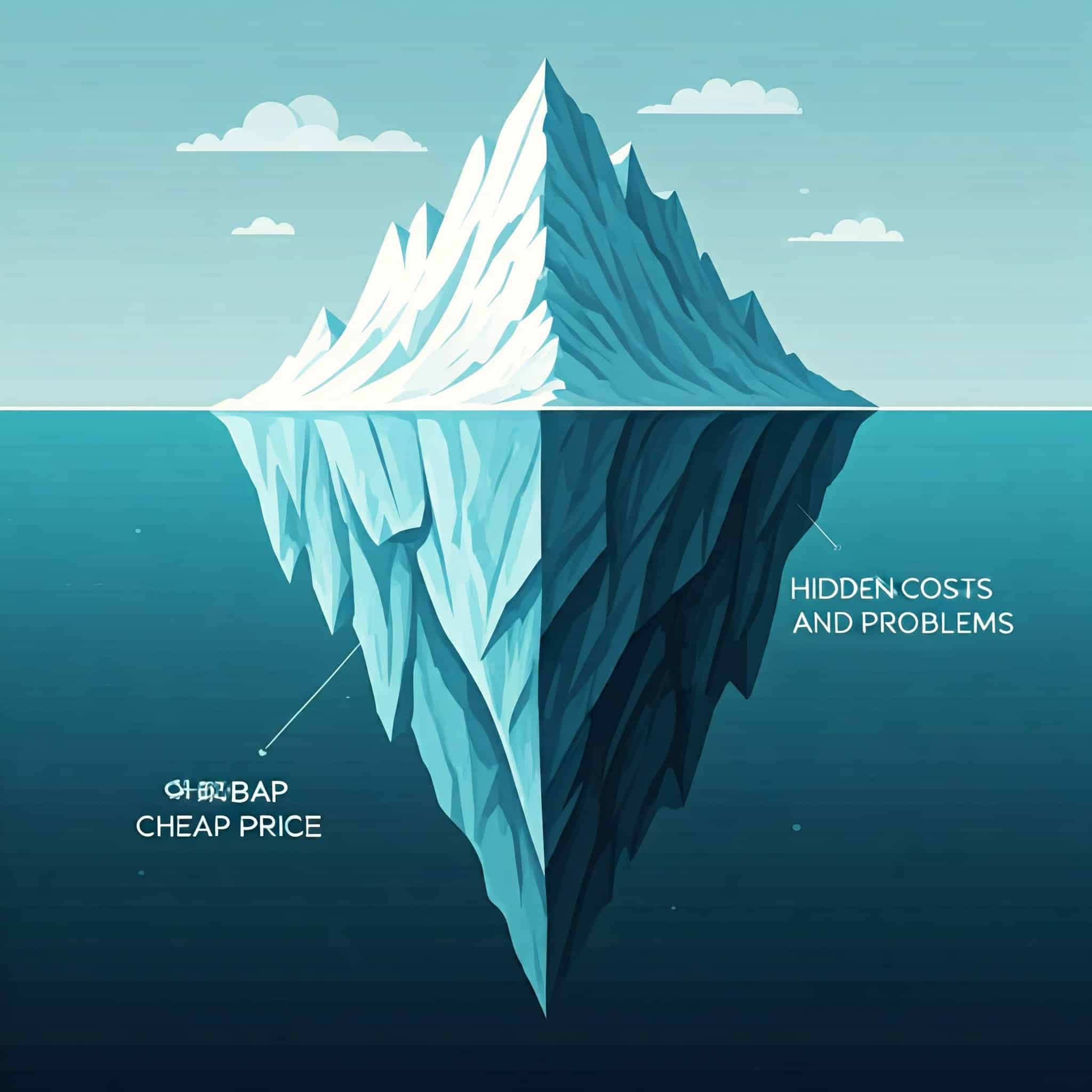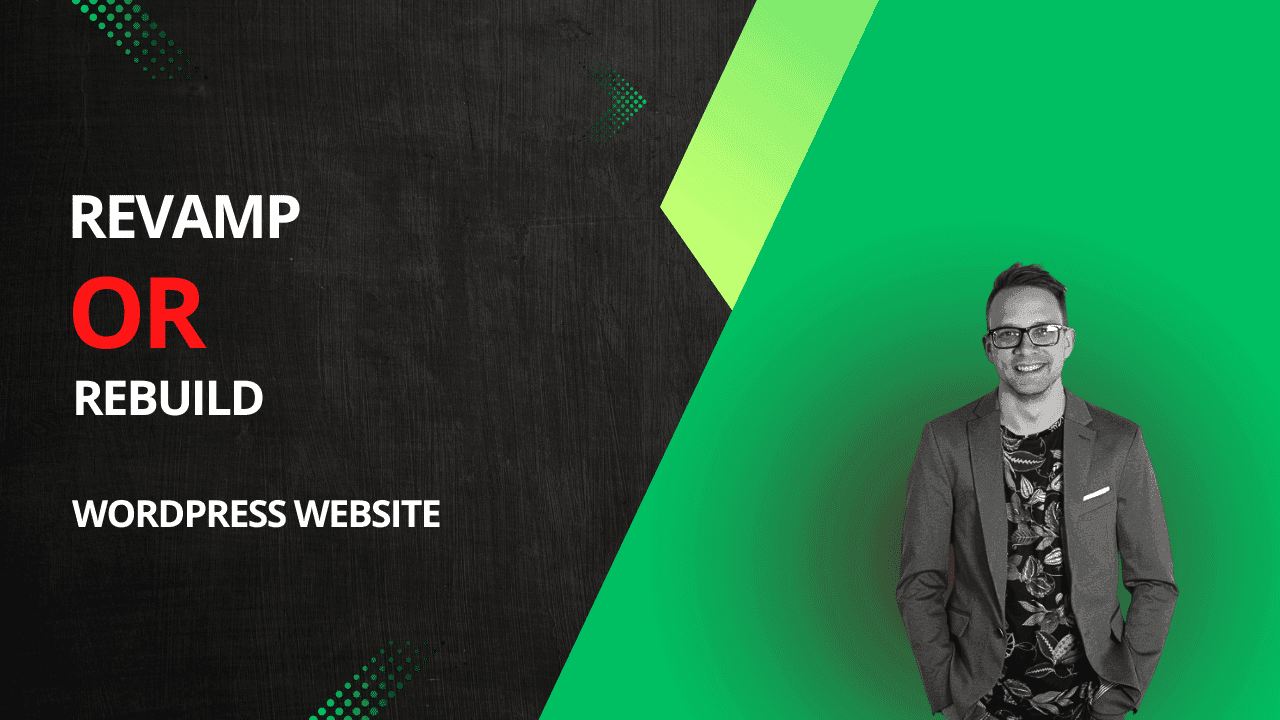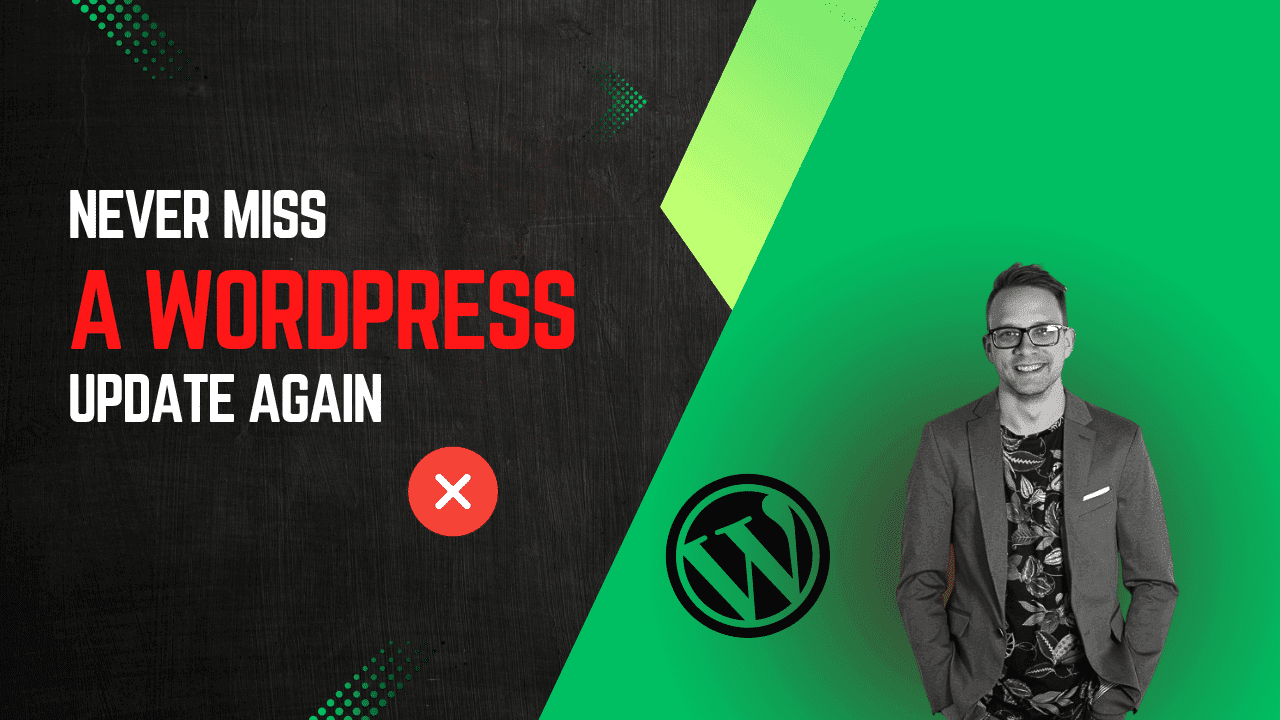
Ecommerce websites must load quickly for optimal user experience, as users tend to have short attention spans. Slow websites can cause customer frustration and result in lost sales; furthermore, slow sites can harm SEO rankings on Google and impact its ranking algorithm negatively.
As there are various techniques for speeding up websites, this article will outline several techniques to speed up websites ranging from using CDNs and optimizing images, to minifying code.
1. Optimize your theme
When running an online store, speed is paramount. A slow website could result in lost sales and frustrated customers; studies suggest a single second of delay causes 7% loss in conversions and 16% lower customer satisfaction scores. A slow site also affects SEO rankings negatively – in order to maximize profits while still offering great customer experiences you should optimize your WooCommerce store accordingly.
Integrating a CDN into your website is one of the easiest and most effective ways to increase its performance. This service will distribute your website’s content globally, helping reduce latency. Furthermore, this CDN will minimize data fragmentation and speed up load time as well as protect it against hacking attacks.
A CDN will also enable you to store assets for your website, speeding up its loading time and making pages look less busy while improving user experience by decreasing requests and server load.
One method for improving the performance of your WooCommerce site is reducing the number of style sheets. Style sheet files make up a considerable part of page weight; by decreasing them, you will improve load time of your WooCommerce storefront. A tool such as Breeze can be used to combine CSS files together.
Update your WordPress version, plugins and themes regularly in order to optimize them and keep your website running at peak performance. Furthermore, any outdated versions may slow your site down significantly and should be removed or no longer supported by their developer(s). Finally, run WP-Optimize regularly on your database tables in order to clear out unnecessary data fragments and free up storage space that has been lost through data fragmentation.
2. Optimize your plugins
An inefficient WooCommerce site is one of the leading causes of low sales and conversion rates, negatively affecting SEO rankings and user experience. Optimizing WooCommerce plugins and integrations for speed is key; follow these tips and techniques for this goal.
As the initial step, use online tools like GTmetrix and Google PageSpeed Insights to analyze your site. These will provide an in-depth report about its current state and pinpoint areas for improvement while helping you discover solutions tailored specifically for WooCommerce websites.
Regular updates of WooCommerce plugins and themes is another key aspect. Doing this ensures compatibility with the latest version of WordPress and optimizes website performance, while keeping your site secure with updated features.
Use of plugins on your website can have a dramatic impact on its load time. We suggest using a plugin like Query Monitor to monitor how many queries your plugins execute when loading pages; if they exceed an acceptable threshold, try deactivating them and testing again until your page loads faster.
Asset CleanUp is an ideal plugin to increase the speed of a WooCommerce store, as it removes unneeded code from pages that won’t benefit your visitors and improves website performance. Furthermore, Asset CleanUp minifies CSS and JavaScript files to further decrease file sizes.
One way to speed up the load time of your WooCommerce store is with a Content Delivery Network (CDN). A CDN speeds up your website by dispersing it across multiple servers across the globe – this reduces latency and delivers your website content instantly regardless of its visitor location – from Miami or Bangkok!
3. Optimize your images
Images can be one of the biggest causes of slow page load speed on ecommerce websites. Large images require more data to be transferred between your server and visitors’ browsers, leading to slower page loads. Optimizing images is an easy way to improve ecommerce site performance: this can include choosing appropriate image formats (JPEG, PNG, SVG or WebP) using compression tools or making responsive designs with responsive images loaded only during certain times of the day and lazy-loading hidden and offscreen images.
Subscription-based services like Imagify work in the background to automatically reduce product image filesize without compromising their quality, helping your website load much quicker while offering your customers an improved user experience. WP Rocket provides a simple solution for image optimization without breaking the bank: its free image compression library setup makes life much simpler! For those hesitant to pay, an image optimization service offers another free option in WP Rocket. Keep in mind, however, that this plugin includes JS and CSS minification, which may increase memory consumption. Therefore, it would be prudent to avoid it where possible; otherwise your WordPress server’s memory might exceed 32 MB, prompting an error with “Allowed memory size of XYZ bytes exhausted,” possibly leading to site crashes and other issues.
4. Optimize your CSS and JS
Recent studies demonstrate the value of investing in website performance optimization to provide your customers with an enjoyable online shopping experience. A drop of just 1 second in page speed leads to a 7% loss in conversions and 16% reduction in customer satisfaction; for this reason it’s imperative that WooCommerce sites are fast and responsive; simple tips can help increase website speed without impacting functionality or user experience.
One effective strategy to increase your WooCommerce store’s speed is optimizing CSS and JS files, including compressing Gzip archives or minifying with node-based scripting, so they load faster. Compression techniques like these may also help speed things up further while any unnecessary or duplicate CSS/JS files should also be deleted to optimize speed further.
Implementing full page caching can also significantly boost the speed of your WooCommerce website, using either Varnish or Nginx cache servers to reduce page load times significantly.
Finally, you can optimize your database by eliminating ineffective SQL queries and functions with too much overhead. A tool such as Query Monitor can help debug your database to identify which parts of code may be sabotaging its performance and make necessary improvements.
Customers today expect dynamic features like live chat, real-time inventory updates and tailored experiences when browsing an ecommerce website. But if these features are not properly optimized, they could cause your site to slow down significantly, leading to users leaving in droves – not good for conversion rates or SEO rankings!
5. Optimize your database
Your database holds all the data that’s essential to running an ecommerce website, but over time it may become cluttered with unnecessary information, slowing down performance. There are ways to optimize your database; using a free plugin like Delete Expired Transients may help clean out and speed up your database tables for maximum website speed.
Also to enhance your database is by cleaning up external resources, including scripts, fonts and style sheets that don’t reside on your server but still impact performance on websites. GZIP compression can reduce their size for faster loading time.
Limit the number of extensions on your website as these can be one of the main causes of slowness. Furthermore, ensure the extensions you use are of good quality; if in doubt about which ones to select for best performance ask your woocommerce expert.
Maintaining a fast-loading WooCommerce store is key to the success of any business. By adhering to these tips, you can ensure that customers enjoy an effortless shopping experience.




